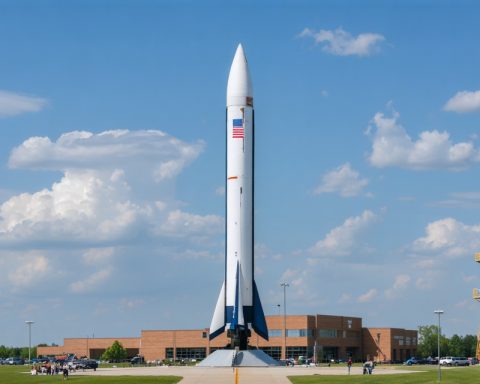In a groundbreaking collaboration, leading defense firms from Italy, Britain, and Japan have united to develop a next-generation fighter jet under the Global Combat Air Program (GCAP) initiative. This ambitious project, involving Leonardo from Italy, BAE Systems from the United Kingdom, and JAIEC from Japan, promises to deliver a cutting-edge sixth-generation fighter aircraft by 2035.
The new fighter jet is poised to rival America’s F-35 and replace the EuroFighter Typhoon currently in use. As per the announcement, the collaborative venture will officially commence mid-2025, with each company holding an equal stake. The aircraft is designed with the future of warfare in mind, incorporating advanced stealth technology and the ability to control fleets of armed drones.
Project leaders estimate an initial investment of 45 billion euros for the airframe development, with further funds dedicated to the advancement of reconnaissance, strike, and drone-controlling AI systems in subsequent phases. The total cost of the program is projected to exceed 100 billion euros.
According to insiders, the project may soon welcome Saudi Arabia, indicating that other countries are also vying to join the partnership. With this development, the GCAP initiative is set to expand its influence, potentially reshaping the defense landscape in Europe and beyond.
Interest in this project underscores a growing trend toward multinational cooperation in aerospace defense, aiming to establish a formidable presence in the sector while integrating diverse technological expertise from across the globe.
GCAP Initiative Sets New Standard in Global Aerospace Defense Industry
The Global Combat Air Program (GCAP) represents a pivotal moment in international defense collaboration, as it unites leading aerospace firms from Italy, the United Kingdom, and Japan to create a revolutionary sixth-generation fighter jet. Scheduled for completion by 2035, this ambitious project could redefine aerial combat capabilities and strategic defense initiatives worldwide.
Features and Innovations of the GCAP Fighter Jet
The GCAP fighter jet will incorporate state-of-the-art features tailored for modern combat scenarios. Key innovations include:
– Advanced Stealth Technology: Designed to enhance evasion capabilities against contemporary radar systems, ensuring operational superiority in contested environments.
– AI-Driven Drone Control: The fighter jet will have the cutting-edge ability to control swarms of armed drones, providing a tactical advantage through increased flexibility and operational reach.
– Multinational Engineering Expertise: By merging Italian, British, and Japanese technological advancements, the jet will feature an unprecedented blend of specialized engineering and design.
Market Trends and Future Prospects
The GCAP initiative exemplifies a growing trend towards multinational partnerships in defense, reflecting a strategic shift towards collaborative global security efforts. As countries seek to harness collective technological prowess, this project highlights the potential for joint endeavors to lead the next wave in aerospace innovation.
Participation and Expansion Opportunities
While Leonardo, BAE Systems, and JAIEC are the primary stakeholders, there is increasing speculation about Saudi Arabia’s involvement in the project. Such developments suggest the GCAP initiative may evolve into a broader consortium, enhancing its influence and potentially attracting further investment and technological contributions from other nations.
Economic Implications and Cost Analysis
With an initial airframe development investment of 45 billion euros, the program is expected to surpass 100 billion euros in total costs. This substantial financial commitment underscores the serious intent behind the project, aiming to secure a competitive edge in global defense capabilities.
Security Aspects and Strategic Considerations
The project promises enhancements in security via cutting-edge reconnaissance and strike systems powered by evolving AI technologies. As global geopolitical landscapes shift, the GCAP fighter jet could serve as a strategic asset for participating nations, bolstering collective defense frameworks.
Insights and Predictions
Experts predict that the innovative collaboration model exemplified by the GCAP may pave the way for similar initiatives in future aerospace projects. By leveraging diversified expertise across borders, the defense industry could see a new era of cooperation that shapes global security paradigms.
For more information on the defense capabilities and future projects of these companies, visit the main domains of Leonardo, BAE Systems, and Mitsubishi Heavy Industries.







